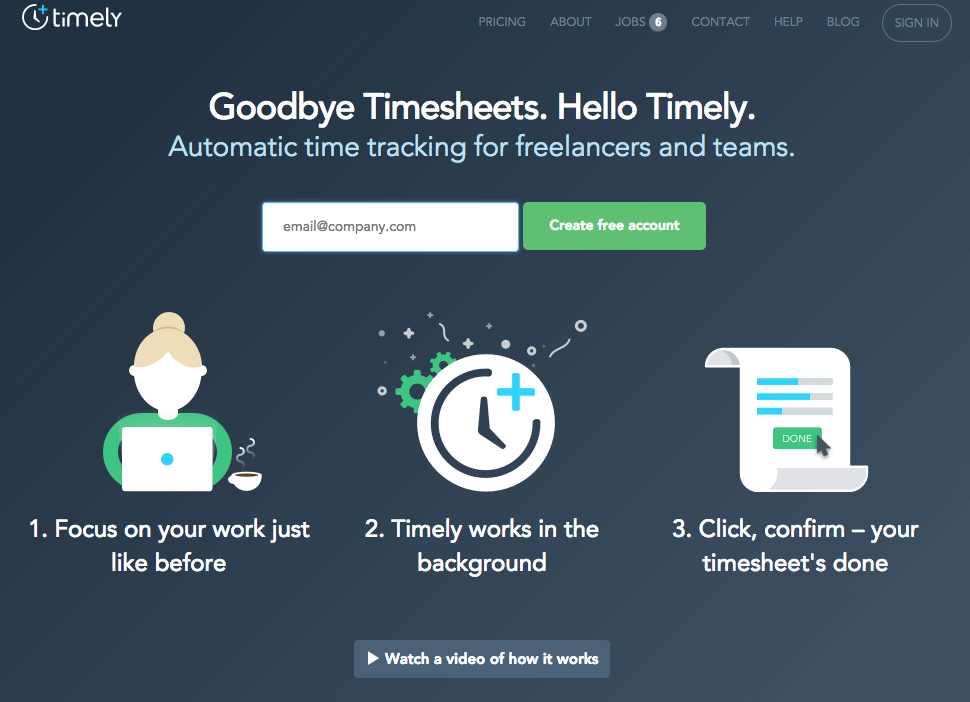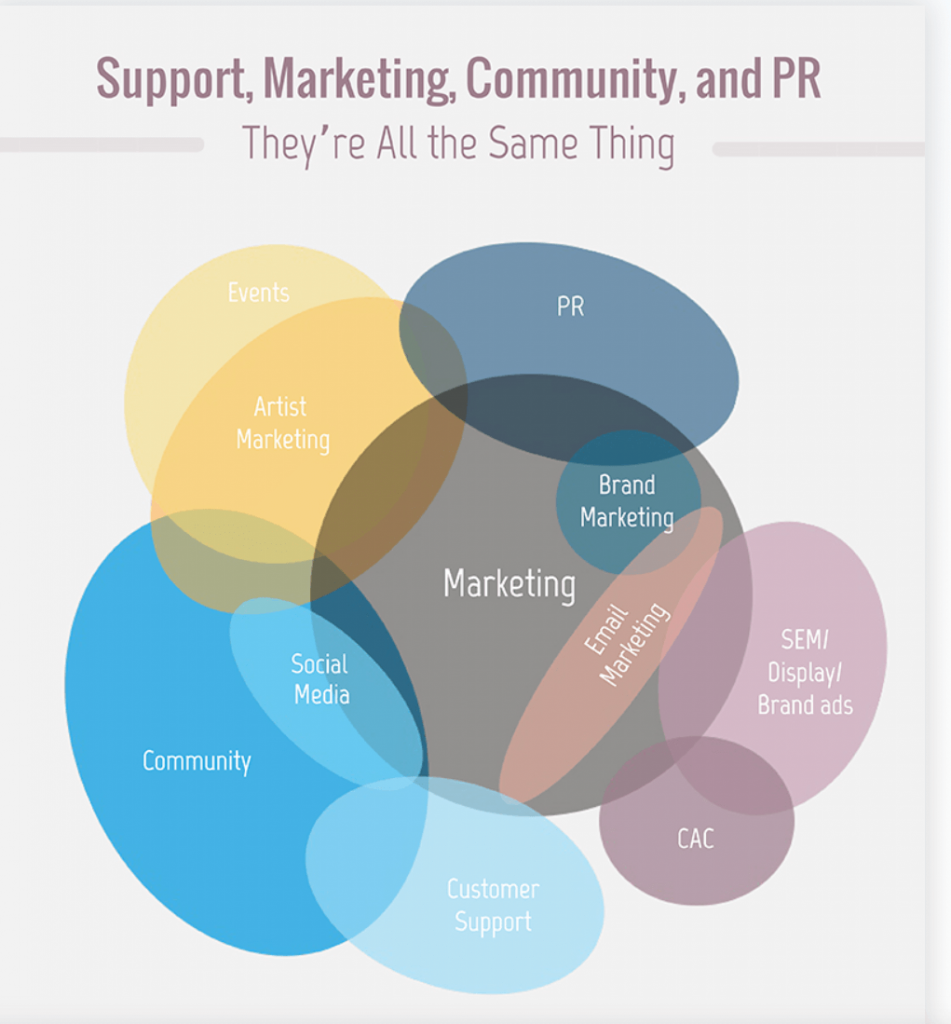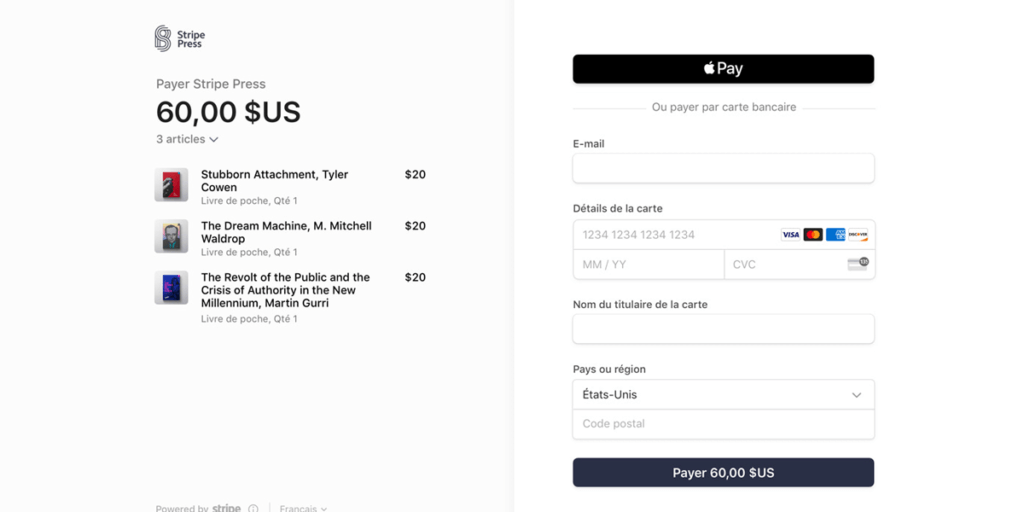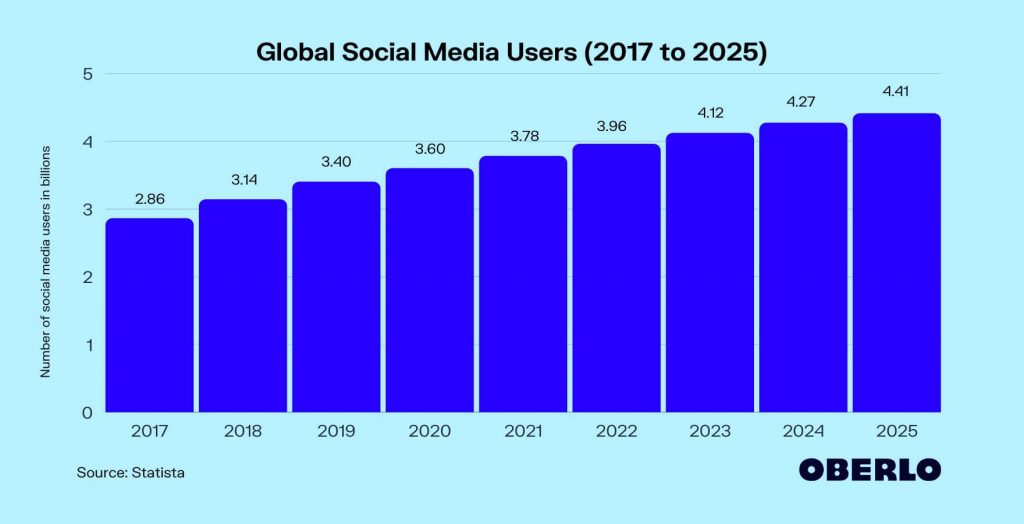The modern digital customer is very different from that of just 5 years ago.
We don’t shop how we used to and it’s important for businesses, brands and entrepreneurs to understand that.
Buyers’ attitudes have changed and businesses who sell online, must change with them.
In this post, we’ll be looking at some of the most important characteristics of a modern digital customer, analysing what you can do to appeal to them and backing it all up with examples, stats and facts.
(Source)
If you’re selling online, it’s time you discovered what is most important to your target market…
Contents
The Modern Digital Customer
Well Researched
Modern digital customers are in the know. They rarely (if ever) make a purchase online without performing research about the product, solution or brand.
We’re living in the age of information, a time when we can find out almost everything in a quick search engine query. This presents customers with the opportunity to find out who they’re purchasing from, and whether the products will fit their needs.

A recent study revealed that as many as 81% of customers perform research online before making big purchases (Source), proving the importance of more than just your sales funnels and landing pages.
The modern digital customer’s research doesn’t have to entail relentless online digging, it can sometimes be a quick search on social media, a Google query or reading through the reviews of a third party review website like TrustPilot or TripAdvisor.
How Can You Appeal To A Well-Researched Consumer?
User Generated Content
User generated content (UGC) dominates a prospective customer’s research.
Resources such as reviews and testimonials are important to the modern digital customer. They want to know how people like them have benefited from the product or service.

Including customer reviews and testimonials on your landing pages is crucial to its conversion rate. If you don’t add them, consumers will go elsewhere to find them.
Use quotes, videos and full length transcriptions from your existing and previous customers.

Content
You should make an effort to educate and inform your customer about the benefits of your product/service and how it will solve their problems.
Content like blogs, podcasts, videos and even webpage elements (e.g. a how it works section) can educate customers without them having to leave your website, and drive new interested prospects to your landing pages.

Content marketing is very much the present and future of digital marketing. Use your content to help prospects perform their own research on your website.
Great Customer Service (& Great Products)
Great products create great customer reviews. Ensure that you listen to your customer feedback and implement anything that can improve your product/service.
It’s impossible to talk about product improvements here (because you all offer something different!) but, we can touch on the importance of customer service.
Brilliant customer service can make an average product/service into a great one!

As you’ll come to find out, modern digital customers like to hear back quickly from brands that they purchase from. Fast customer service means the implementation of Live Chat, as well as user guides and manuals.
Be patient, open to feedback and use your customer service system to learn more about your customer journey.
Incentivise Reviews
There is nothing wrong with incentivising reviews, provided that you ensure every review or testimonial is honest.
Incentivising positive reviews is dishonest and will (eventually) land you in trouble.
Offer your existing customers the chance to receive a discount on future purchases, if they’re kind enough to leave an honest review of your products on your website and those of a third party.

Alternatively, just tell them how important reviews are to your business in your communications – and link to review pages and profiles in your emails.
Always follow-up with customers after they’ve received your product!

Respond to Negative Reviews
If you ever receive a negative review, that doesn’t mean you should delete it or complain to the host of the website. This is your opportunity to demonstrate great customer service in front of prospective customers.
Reply to every review you receive. Try to solve problems, offer solutions or explain the situation to new customers.

Build a Community
A prospect’s research will provide positive results if you’ve built a solid community around your brand.
Create a Facebook Group for your most engaged buyers and manage your community.

Impatient
Modern digital customers do not have the same patience as they once had.
They hate waiting around and will not suffer slow forms, websites or ordering processes.
70% of customers say that page load speed affects their buying decisions, and a study by Portent revealed that:
Conversion rates drop by an average of 4.42% with each additional second after the first 5
A modern digital customer’s impatience stretches further than page loading times. If your product, customer service or ordering process is longer than it needs to be, it will have a negative impact on your conversion rates too.
How Can You Appeal To An Impatient Customer?
A Lightning Fast Website
Your website needs to be fast, lightning fast.
There are a lot of different ways to do this, including:
- Purchasing a great server
- Getting a CDN
- Caching tools
- Reducing image sizes
- Optimising JS
Ultimately, a lot depends on your technical skills.

If you’re a beginner, try to stick to the following rules:
- Uninstall any unused plugins/tools/software from your website
- Reduce website clutter – large images, old pages, unimportant elements/widgets
- Install a caching plugin and turn it on!
- Use free tools like tinypng and png2jpg to reduce the file size of your images before uploading them to your website

If you haven’t already, I recommend using Google PageSpeed Insights to discover how fast your website is. If it has a low score, follow Google’s suggestions to speed up your loading time.
Rapid Customer Communications
Customers expect rapid communication, particularly if they have a problem. There is nothing more annoying than a 3 day wait for a reply when there’s a problem with your product/service.
Offer your customers multiple communication channels like:
- Telephone
- Live chat
And be prompt with your replies. Slow communications could cost you repeat customers and referral opportunities.
Minimal Step Ordering Forms
Reduce your order forms and payment processes to as few pages as possible. In most cases, that will mean a one step checkout process.

Prospects with little patience are likely to abandon the check-out when they have to go through multiple pages to confirm their order.
Many websites also ask users to ‘Create an ‘Account’ in order to checkout, but this can also have a detrimental affect.
(Source).
Market Freedom and Time-Saving
Modern customers are impatient because they’re busy. Use this pain point as a marketing opportunity for your brand.
Products that save time have become a massive part of our lives in recent years – particularly subscription based models.
Modern technology is saving the average person two weeks each year that would otherwise be spent on mundane tasks like shopping and banking, a new poll claims.
Source: The Independent
Social
The modern digital customer is just as social as historic customers, but now, they do it in a different way.
Social media is not just a great place to reach customers, it’s also a great place to engage with your audience, create a community and research the opinion of your brand.
Social networks like Instagram, Facebook, Twitter and LinkedIn are among the most popular with digital customers, but the platform you target will depend on the demographics and interests of your target marketer.
At present, there are more than 3.78 Billion social media users worldwide (Source), and that figure is growing as more of the world gains access to the internet.

The modern digital customer spends a lot of time on social media, making them more influenced by the people they follow and interact with there.
How Can You Appeal To a Social Media Loving Customer?
Create Great Content
The key to successful social media marketing is publishing great content on a consistent basis. There are many tips, tricks and tactics that will help, but without this key ingredient, you’re going to struggle.
Create content that speaks directly to your target market. Use your channel to focus on them, not you.
Publish a variety of media forms, use video and audio wherever possible and repurpose and multiply your content to save time and energy.
Creating content is the hardest and most time-consuming part of modern social media marketing, use your time effectively.
Use Influencers
Alongside the rise of social media, came a boom of influencers.
These ‘influencers’ have spent years creating channels that speak to specific audiences.

A true influencer commands high engagement rates and plenty of attention from their audience, so when they recommend a product, it tends to have an impact.
Influencer marketing is a modern marketing technique that both B2B and B2C brands can utilise – just remember to do thorough research before testing it out!
Start Conversations
A simple way to generate more customers is by starting more conversations with them.
By talking directly to your target market on social media, you’re able to understand a lot more about their pain points, and the solutions they’re searching for.

Publishing great content is an obvious way to attract this sort of interaction, but you can also do by commenting on the content of others.
Whenever starting conversations, it’s important to try to add as much value as possible. Use your expertise to share something that will contribute to the conversation.
You may want to use your personal brand to do this, instead of using a business or company brand profile.
The Modern Digital Customer
Modern buyers are impatient, socially influenced and well-researched.
These 3 factors might sound intimidating for emerging brands and businesses moving online, but they all offer their own opportunities when you know how to market to them.
Spend some time analysing how your business appeals to a target market like this and optimise wherever possible.
Every business has its own unique marketing challenges, do what you can to attract a market who are impatient, heavily influenced by social media and hungry to research your brand.
- Author Details




